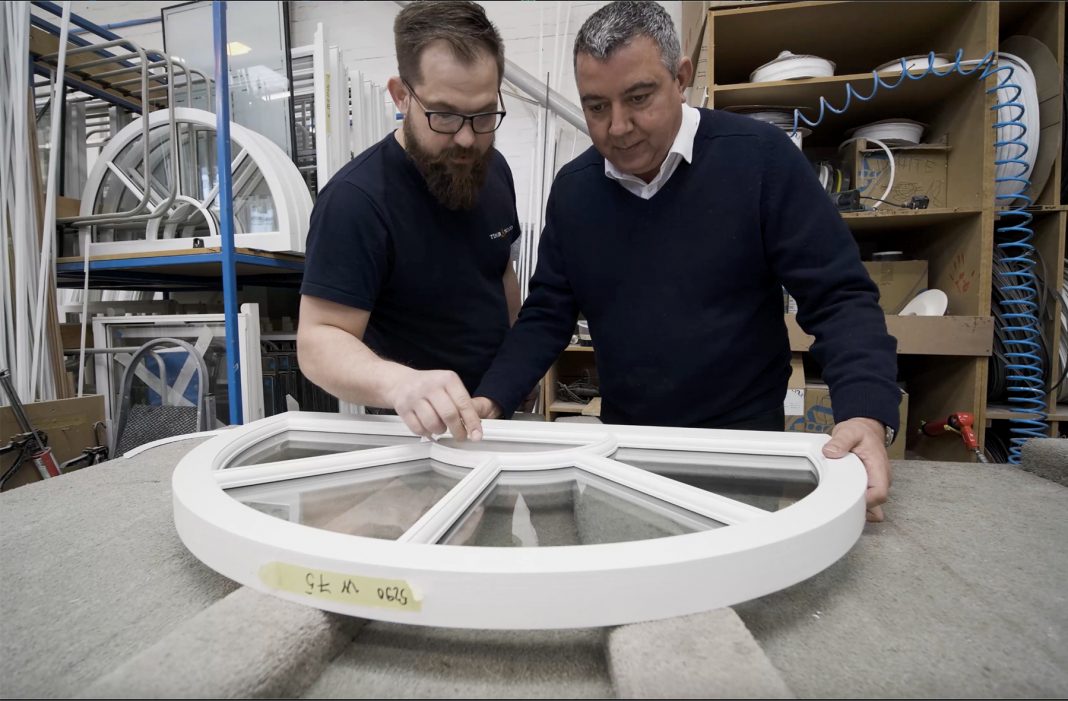From: Ian Selby, managing director and co-founder, Timbawood
The new government review into Adapting historic homes for energy efficiency has highlighted the need for new, clearer guidelines for window replacement and repair on heritage properties.
There has always been a tension between improving the thermal insulation of heritage windows without adversely altering the original design of them.
Our experience is that planning authorities vary considerably in terms of what they will and won’t allow for heritage properties, which has resulted in a ‘mixed bag’ of architectural standards, to the detriment of our communities and neighbourhoods.
Britain has some of the finest looking housing stock in the world, which is the envy of most other countries. Georgian and Victorian architects and builders constructed beautiful houses which created wonderful communities for people to live, enjoy and feel a sense of belonging and pride.
For a number of decades, there has been a desire in the retrofit industry to sell any window product (and persuade an owner it’s in their benefit) at any cost, just to make money with little regard to the decimation of the architectural integrity of the building and the contribution to the downgrading of the neighbourhood. In returns of value, it could be said that owners were mis-sold, with inappropriate windows that may have been cheaper to buy, but actually contributed to the loss in value of the property.
There have always been solutions to improving energy efficiency while retaining the window design and character – but often each property needs a sensitive and flexible approach. One property may need a range of repair and replacement options, which is why we offer full replacement, part replacement (replacing the moving parts only) as well as restoration and repair.
We can also offer understated improvements to insulation which are barely noticeable to the naked eye, such as full perimeter draught-proofing and slimline double glazing, which looks just like single glazing and can be an elegant and effective option for period properties.
It’s also important to note that heritage craftsmanship doesn’t need to make way for modern techniques – in fact in our factory we find the two blend together very well. It is vital that heritage craftsmanship is not lost, as there are timeless techniques which are still very relevant to present day manufacturing, and which help to create windows with character and authenticity.
Here at Timbawood we are passionate about educating others in the importance of appropriate window conservation – we offer free educational CPDs to architects, factory tours, and I am always available to share my 40 years experience in British joinery techniques and standards to those who are interested.
I would make a request to all architects and heritage professionals to add your support to this campaign as it should lead to a legacy of protecting the works of architects and preserving Britain’s architectural heritage, safe guarding not only listed buildings but the communities that make Britain great.












